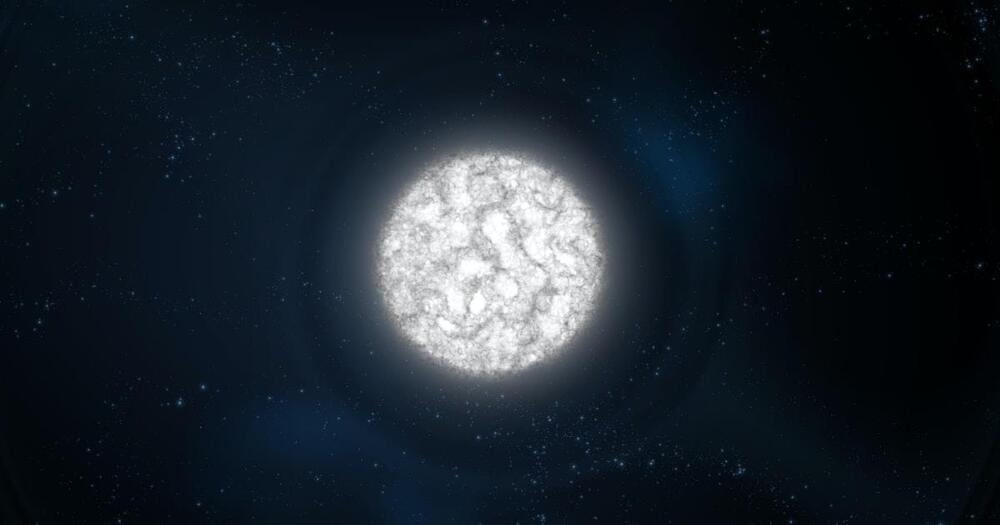Scientists created a new type of Computer Chip which has the ability to constantly rewire itself just like the human brain and is thus able to more efficiently adapt to new processes. This is a new type of neuromorphic computing and holds great promise for future and better Artificial Intelligence models which more closely resemble how humans behave. You will not believe this unbelievable AI Robot Computer Chip!
–
TIMESTAMPS:
00:00 A living Computer Chip.
01:32 How this new AI Chip works.
03:12 Does this Chip outperform Human Brains?
05:38 IBM’s return to Glory?
08:17 Last Words.
–
#chip #ai #brain
Category: futurism – Page 727





Misinformation vs. Disinformation vs. Mal-information
Quite a bit of my consulting work lately has focused on helping clients counter false information spreading online. This sort of engagement can very quickly lead to rough and murky waters, especially if an organization does not arm itself with proper ongoing situational awareness tools in order to differentiate between the bad actors who are steering the narrative and the people unknowingly posting false information.
Much of the discourse on ‘fake news’ these days conflates three notions: misinformation, disinformation and mal-information. It’s important to distinguish messages that are true from those that are false, and messages that are created, produced or distributed by “agents” who intend to do harm from those that are not. I recommend that you ensure your online comms and digital engagement folks are well versed in key definitions from the Council of Europe’s Information Disorder Report:



